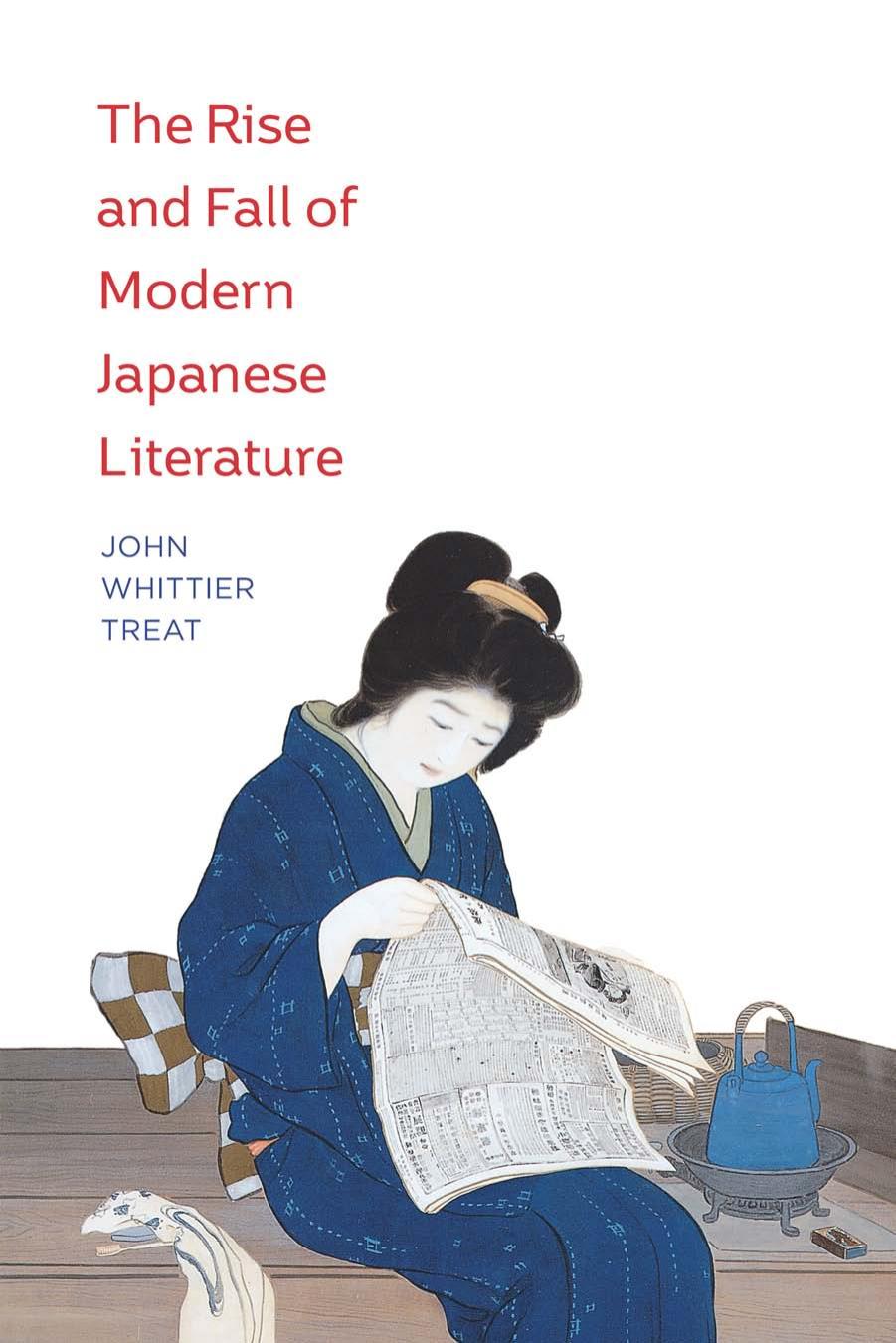The Rise and Fall of Modern Japanese Literature by John Whittier Treat

Author:John Whittier Treat [Treat, John Whittier]
Language: eng
Format: epub, pdf
ISBN: 9780226811703
Publisher: University of Chicago Press
Published: 2018-04-03T00:00:00+00:00
On 1 January 1946, Hirohito publicly renounced his divinity in a statement that said in part, “I am one of the people like you, with the same interests as you, and I want to experience the same joys and sorrows.” These unprecedented words debuted a new subjectivity for Hirohito and reasserted a familiar one: a “you” (nanjira) homogeneously addressed as the “people” (kokumin). Such a position, binding all Japanese in common “interests” and “joys and sorrows,” is coordinate with the postwar reclamation of the emperor, once a transcendental signifier of a national polity (kokutai), as a symbol that collectivizes all Japanese. “The wholeness [zentaisei] of the people is a subjective wholeness,” wrote philosopher Watsuji Tetsurō, a stalwart absolutist before 1945 and afterward an apologist for the emperor’s symbolic status. “It is not possible to understand it objectively. That is why it can be expressed only as a ‘symbol.’”97 This subjectivity of a universalized bourgeois identity is not to be analyzed, critiqued, or even understood, but only signified literarily as a symbol. Similarly, in “Fūryū mutan” Fukazawa takes Hirohito at his postdivine word and refuses to let him become the validating transcendental signifier of any political position. Fukazawa cavalierly treats Hirohito as befits a symbol, one whose being is dependent on what is symbolized and not the other way around. The death poems written in a literary language too obscure for the delegate of state power (the senior gentleman) and the audience for the exercise of that power (the narrator) make no sense, and so the vaunted aesthetic-political unity of the Japanese people becomes little more than a figure of speech. After Hirohito told Richard Nixon in September 1975 of his “fukaku kanashimi to suru ano sensō” (profound sadness over the Second World War), Japanese journalists asked Hirohito if this choice of phrasing meant he felt responsibility for the war. Hirohito replied, “I am not a student of literary matters and thus do not understand figures of speech.”98 Understanding figures of speech risks understanding their referents. To query the figure of the symbol, as Fukazawa interrogates the imperial family in his story, is to expose it as an awkward trope easily undone by parody, satire or irony. Waka are so prominent in “Fūryū mutan” because in poetry, the Japanese language’s most privileged expression, the investments in the symbol run the highest.
The most rhythmic, original, and powerful language in “Fūryū mutan”—its real poetry—is to be found not in any of its dull or plagiarized waka but in a transliteration that made some readers laugh and drove one to murder: sutten-korokoro, the onomatopoeic and alliterative word for the sound of two heads rolling across the ground. Nagai Kafū once noted, with characteristic pique, that since the Meiji period the press reports in detail the imperial body, including the state of appetites and bowel movements.99 When it came time in 1989 for Hirohito to die, the press was attentive to all matters pertaining to his colon. John Whitney Hall was mistaken when he wrote,
Download
The Rise and Fall of Modern Japanese Literature by John Whittier Treat.pdf
This site does not store any files on its server. We only index and link to content provided by other sites. Please contact the content providers to delete copyright contents if any and email us, we'll remove relevant links or contents immediately.
| African | Asian |
| Australian & Oceanian | Canadian |
| Caribbean & Latin American | European |
| Jewish | Middle Eastern |
| Russian | United States |
4 3 2 1: A Novel by Paul Auster(12290)
The handmaid's tale by Margaret Atwood(7684)
Giovanni's Room by James Baldwin(7199)
Asking the Right Questions: A Guide to Critical Thinking by M. Neil Browne & Stuart M. Keeley(5654)
Big Magic: Creative Living Beyond Fear by Elizabeth Gilbert(5616)
Ego Is the Enemy by Ryan Holiday(5297)
The Body: A Guide for Occupants by Bill Bryson(4978)
On Writing A Memoir of the Craft by Stephen King(4864)
Ken Follett - World without end by Ken Follett(4647)
Adulting by Kelly Williams Brown(4489)
Bluets by Maggie Nelson(4478)
Eat That Frog! by Brian Tracy(4438)
Guilty Pleasures by Laurell K Hamilton(4363)
The Poetry of Pablo Neruda by Pablo Neruda(4041)
Alive: The Story of the Andes Survivors by Piers Paul Read(3970)
White Noise - A Novel by Don DeLillo(3955)
Fingerprints of the Gods by Graham Hancock(3943)
The Book of Joy by Dalai Lama(3904)
The Bookshop by Penelope Fitzgerald(3780)
